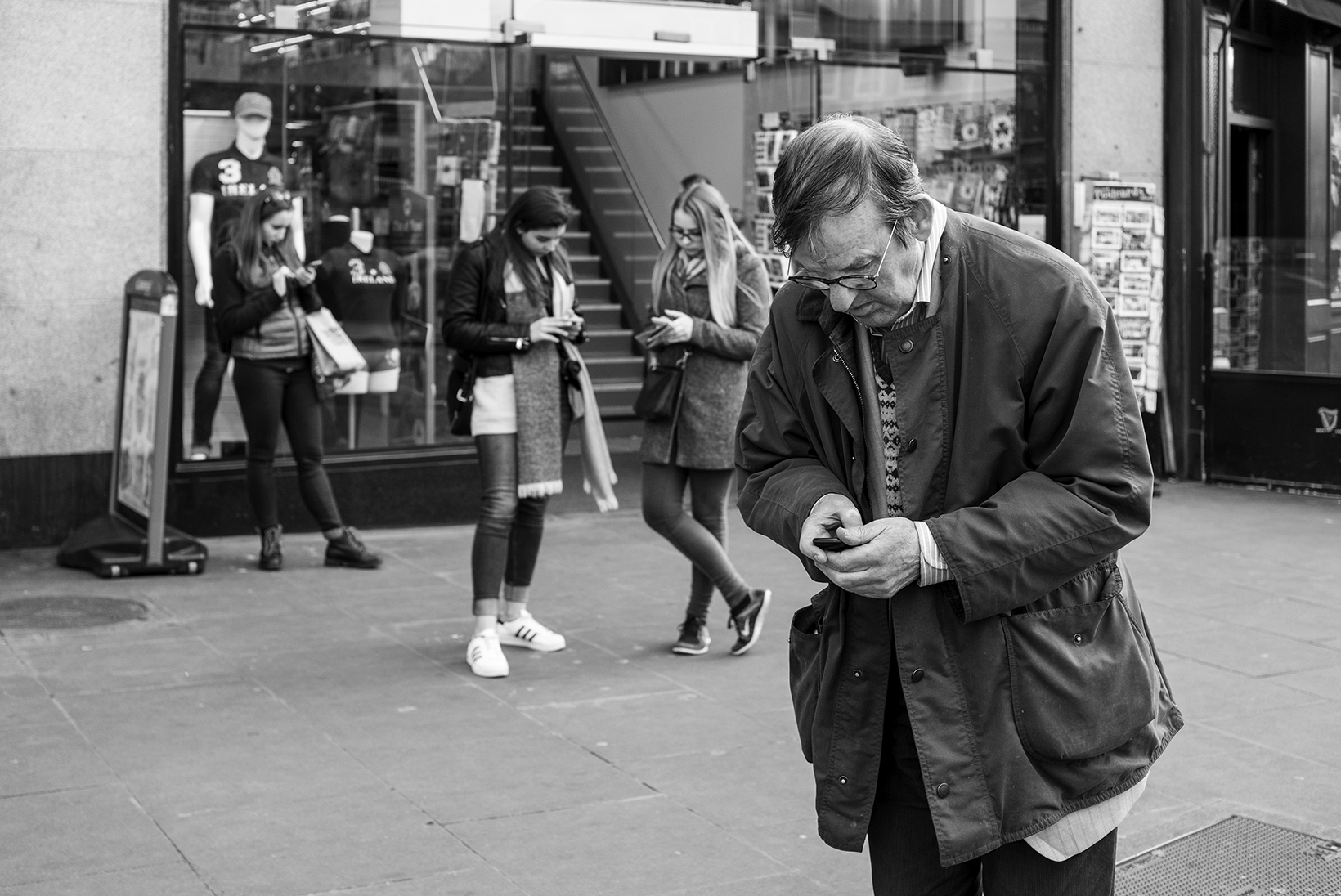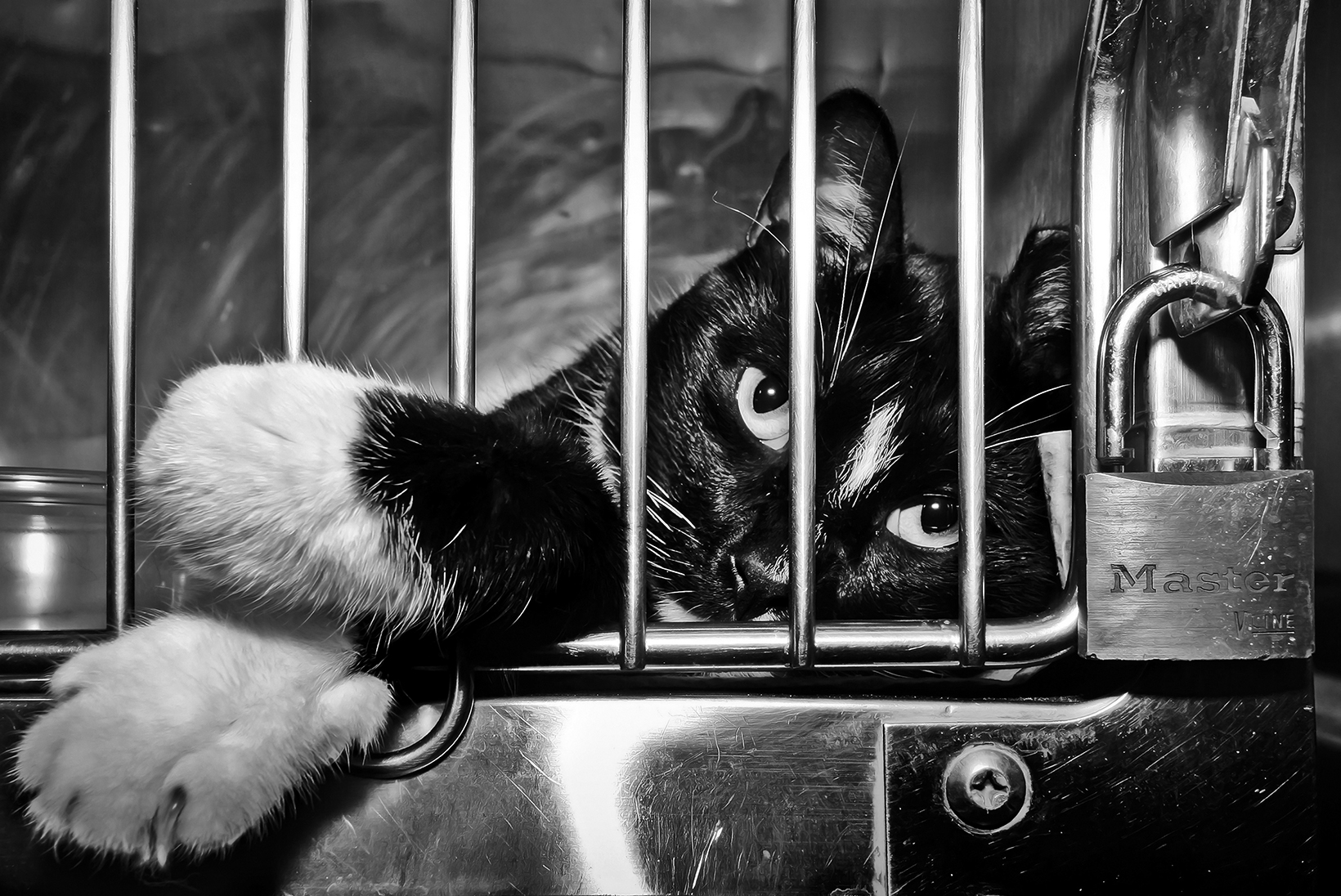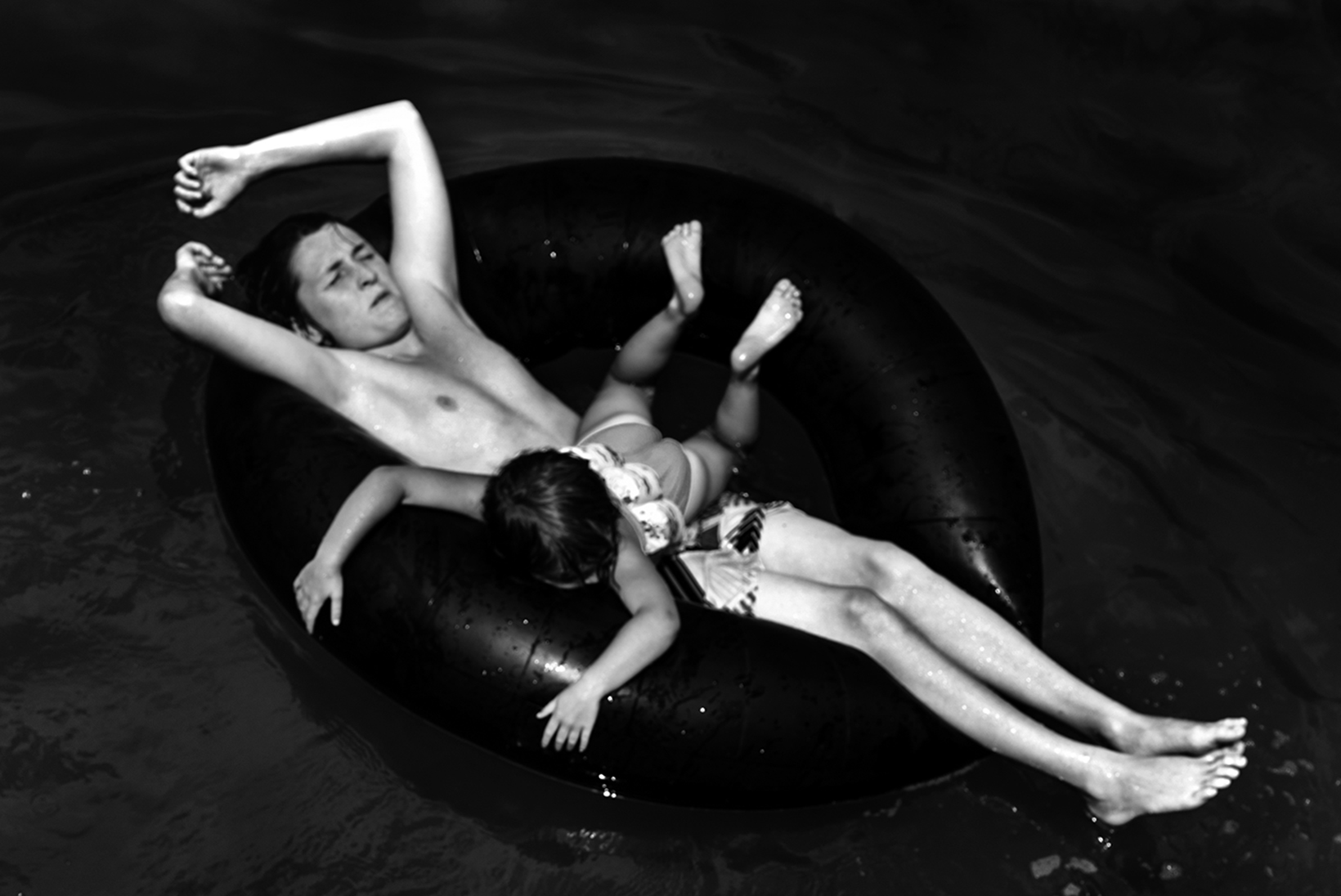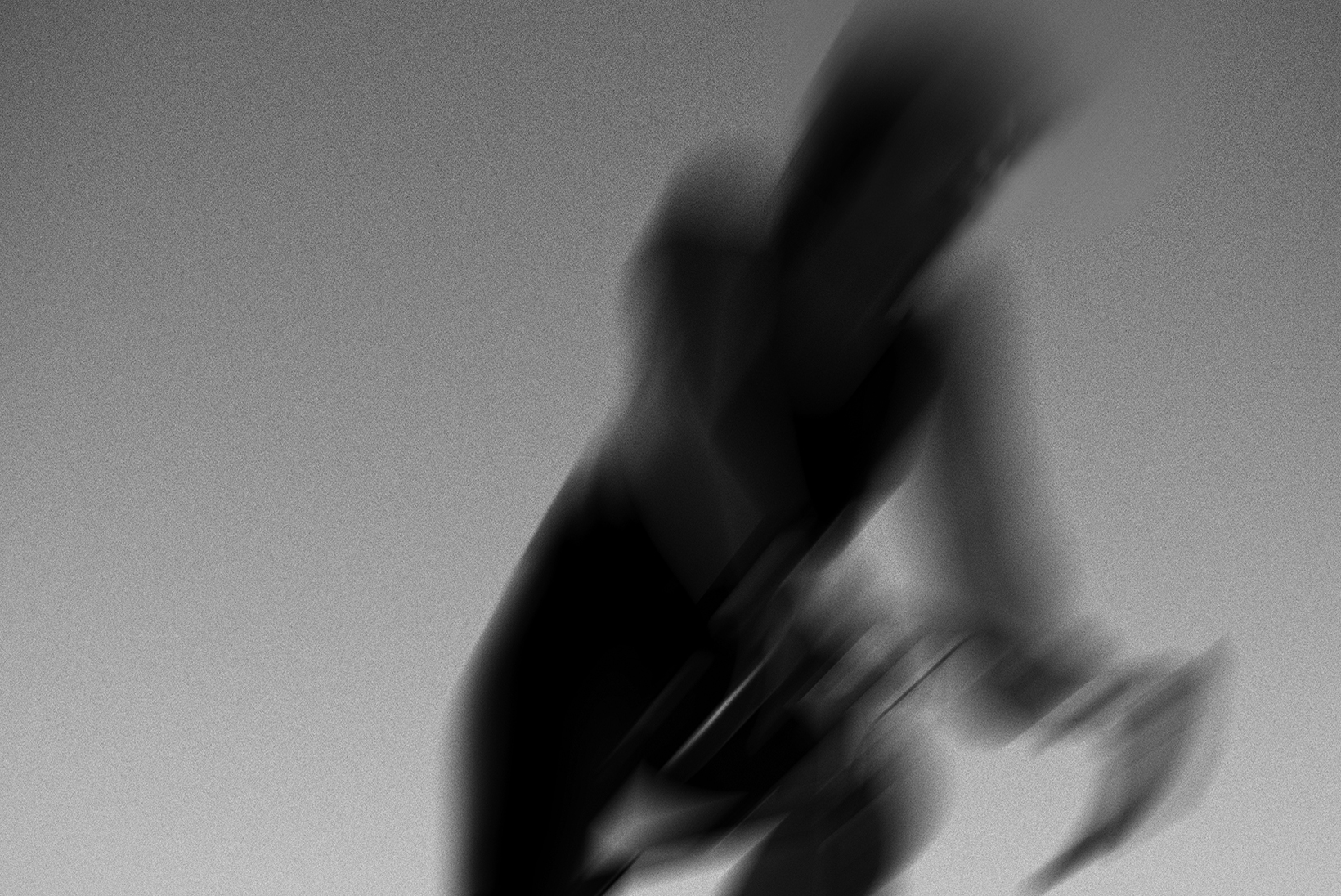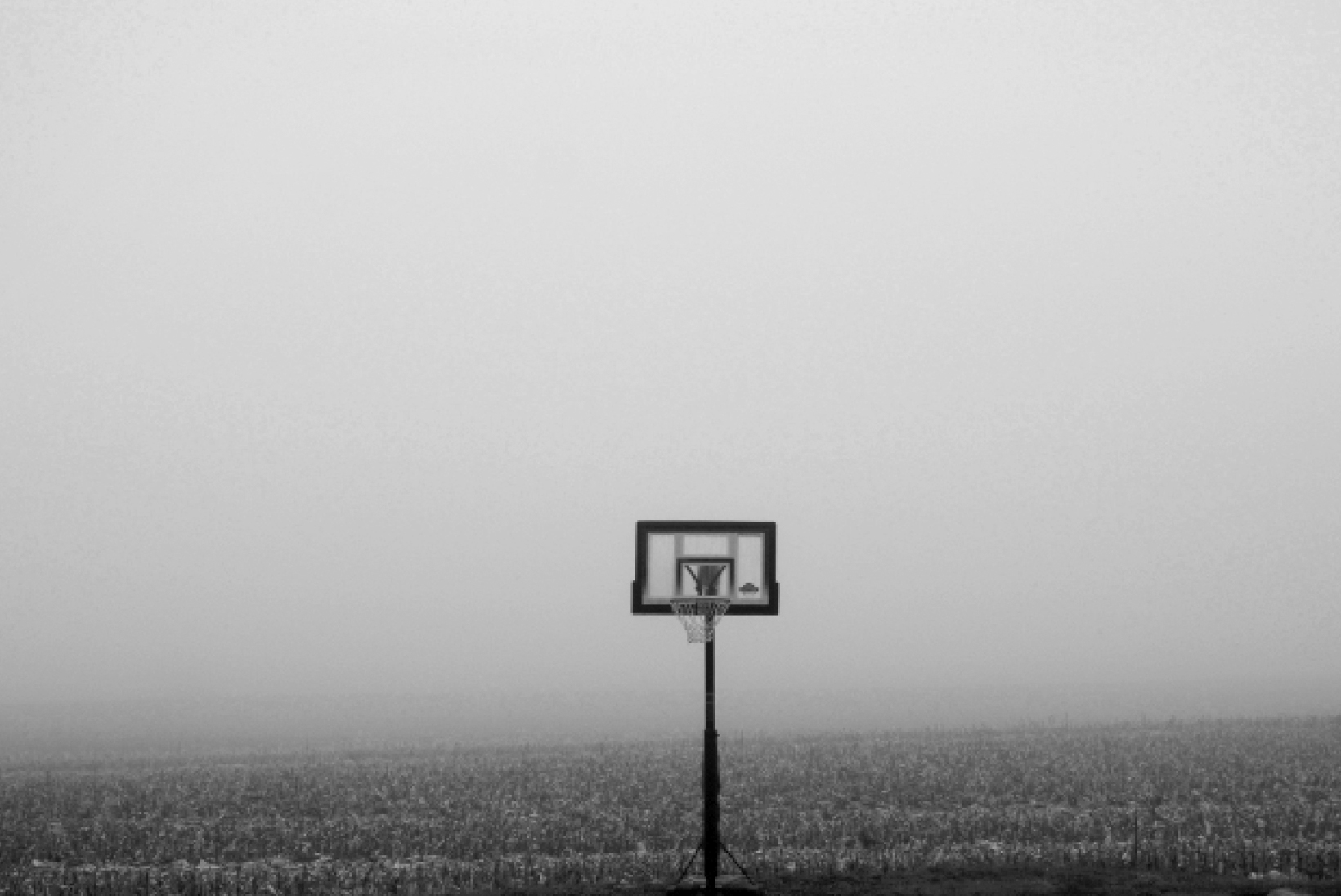Featured Selections
From the Archives
Our Own Devices
After a few failed attempts to have conversations with friends who could not keep their eyes off their screens for more than ten minutes, I began taking photographs of people lost inside their phones.
March 2019Ancient Skies
Photographer Marc Toso has been exploring remote areas of the Southwest ever since he left Pennsylvania to go to college in New Mexico more than two decades ago. The photographs on these pages are the result of countless hours he has spent roaming the desert after dark with only a headlamp or the moon to light his way.
June 2016Animal Shelter
I have always admired companion animals, and several years ago I decided to volunteer at a shelter in New York City. By law the animals there had to be killed if they were not adopted within a short period of time. So I started taking photographs of the animals and posting them on social media. I wanted to convey their unique personalities as well as their loneliness and fear. Almost immediately the adoption rate at the shelter increased.
May 2017Where The Wild Things Are
Trained as a sculptor, Alain Laboile first picked up a camera to take pictures of his whimsical sculptures of animals and insects, but after the birth of his fifth child, he began to focus the lens on his growing family at home. He and his wife, Anne, now have six children — four girls and two boys — and are raising them in a remote region of France.
February 2016Pedal, Pedal, Pedal
On a bike I have wings and a kingdom. On a bike I’m a taller, stronger, wiser version of myself — the person I wish to be on land. It’s always been this way.
January 2017The Ramshackle Garden Of Affection
Dear Ross: How can you miss on purpose? If I’m late getting back on defense, you’ll bounce the ball off the bottom of the rim and catch the “rebound” for a point. Alone under the basket. Missing.
Dear Noah: Bouncing the ball off the bottom of the rim is, as you say, a poorly missed shot, but also a perfectly missed one, because it results in a point in our game, which means it’s a way for me to stay on the court. If there were a way I could stay on the court without cheating — without those perfectly, beautifully missed shots — believe me, I would do it.
June 2020Meeting The Sky
Golf was my father’s true beloved — more so, sadly, than I, or my mother, or anyone else. He embodied the very essence of the game. He was long, quiet stretches filled with difficult, sticky areas that one could navigate only after years of practice.
March 2001Eternal Moment Of Running Wicked Fast
We run so fast these letters should be slanted, fastest at dusk when our breaths burn hot coals, sweat soaking our T-shirts, sneakers slapping pavement
February 2017Labor Day
The point is, I am not like the rest of you, who don’t spend every moment fearing the worst. I think you are ostriches with your heads in the sand, and I envy you for it. You wake in the morning and don’t imagine all the ways in which the people you love might die. Or perhaps you do. If so, call me, but not before 8 AM, or else I will think someone I love has died.
November 2015Leaving Home
Opening my legs for her wasn’t easy. / She was hunched and burnt-looking. / Her whole face puckered toward her mouth. / She spoke with words like “dirty shame” / while she gave her absolution — / a small, white cloth inserted / into my womb.
June 1988